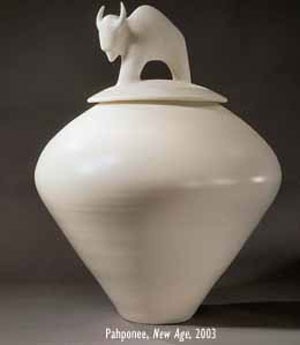American Indian art is often stereotyped as just dream catchers or conventional pottery, but from Feb. 9 to May 11 the Tucson Museum of Art will host the exhibit “”Changing Hands 2,”” which presents the unique as well as the traditional.
Over 150 different American Indian artists’ works from well-known artists, like Rick Bartow and Susan Point, will be displayed at the exhibition as well as works from new and upcoming artists in the American Indian community.
In 2003 “”Changing Hands”” held its first exhibit in Tucson, which was organized and circulated by the Museum of Arts and Design in New York. That exhibit onlyshowed American Indian art from the Southwest.
This year the exhibit will feature American Indian artwork from the regions west of the Mississippi, excluding the Southwest, but also the Plains, the Plateau, the West Coast, Western Canada, Alaska and Hawaii.
“”Native American art impacts the whole community, because it has such a rich culture in this society,”” said chief curator Julie Sasse. “”The community knows that there is a broader Native American outlook than just the Southwest.””
By expanding the diversity of the artwork presented by “”Changing Hands 2″” and exhibiting the artwork by content rather than by tribe, “”Changing Hands 2″” hopes to challenge the stereotypes that are given to Native American artwork.
“”This year’s exhibit will merge traditional art in a non traditional way,”” said Meredith Hayes, director of public relations and marketing at the Tucson Museum of Art. “”One of the pieces merges traditional Native American beading, but in the form of tennis shoes.””
The Tucson Museum of Art is located at 140 N. Main Ave. and is open Tuesday through Saturday from 10 a.m. to 4 p.m. and Sunday from noon to 4 p.m. The first Sunday of every month is free.









